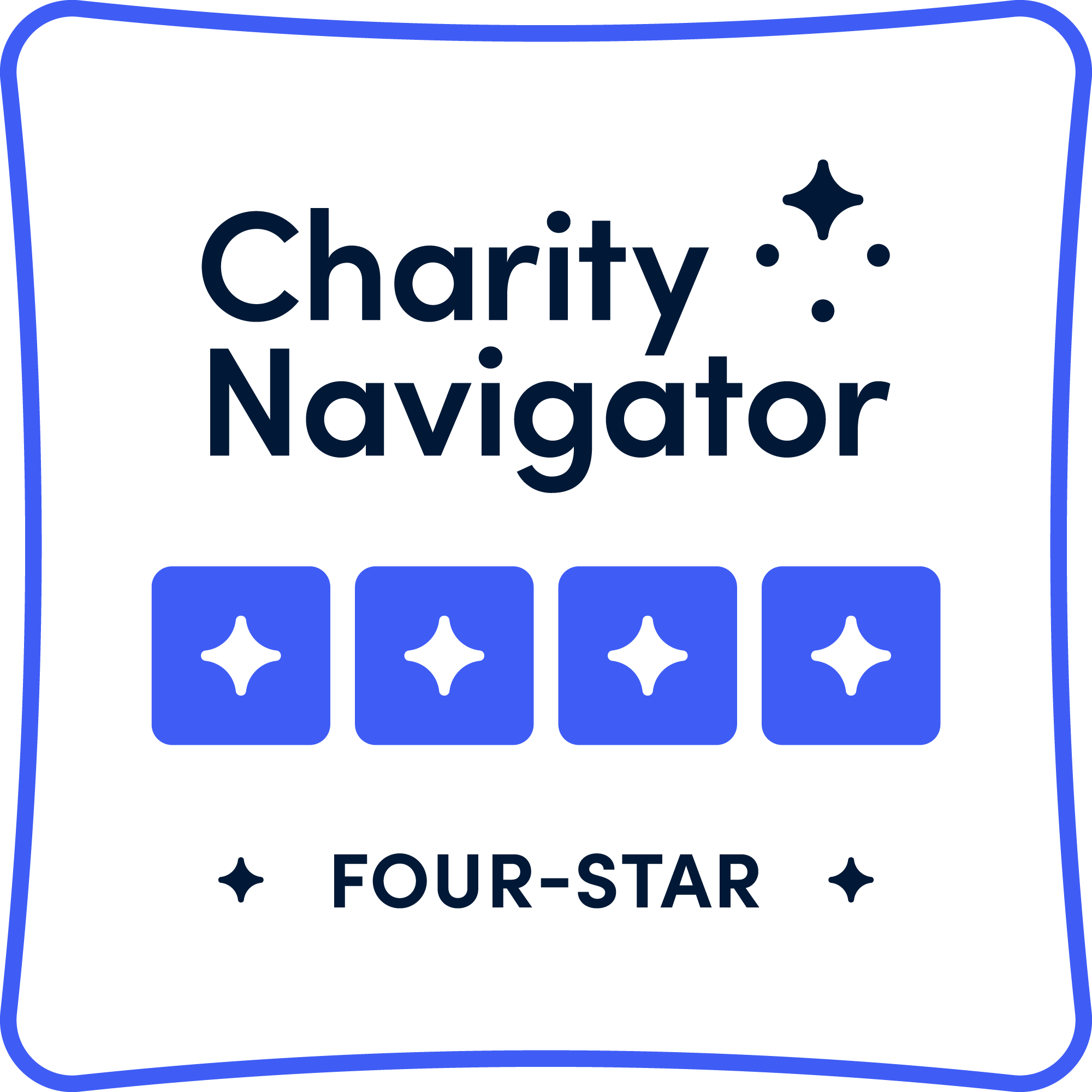Understanding Your Diagnosis
Being diagnosed with amyloidosis can be a scary, confusing, and anxious time. This is understandable as not many people have heard of amyloidosis before. We’re here to help you navigate the early days following a diagnosis of amyloidosis, we’re here to help you make informed decisions about your future.
It is important to learn as much about your disease as possible so you can make informed decisions and communicate effectively with your physicians, nurses, and other members of your care team. Available information can change very quickly as more research is done in amyloidosis. ARC is committed to ensuring that you stay informed.
ARC CEO Isabelle Lousada talks about her experience as a patient. Leading specialist Dr. Comenzo explains the symptoms and causes of the disease.
About Amyloidosis
Amyloidosis is the term for a group of rare diseases in which abnormal proteins deposit as amyloid in tissues and organs.
Amyloid is produced when abnormal proteins in the body “misfold” and collect together in various tissues and organs. As the amyloid builds up, it starts to cause organ damage and impair quality of life.
Thanks to research, we are constantly learning more about the different types of amyloidosis, developing new treatments for them and understanding ways to recognize the disease more easily.
3D animated overview of amyloidosis
Types of Amyloidosis
There are many different types of amyloidosis, each is caused by a different protein, and some are more common than others. The unique protein involved determines what symptoms you may experience, and which treatments are right for you. Each type is referred to by an “A” for amyloid, followed by an abbreviation for the type of abnormal protein. For example, AL amyloidosis is caused by abnormal immunoglobulin Light chains, and ATTR amyloidosis is caused by abnormal transthyretin (TTR) protein.
Treatment Centers and Clinical Trials
Amyloidosis is a multi-system disease, meaning it affects multiple organs. It is important to be seen at a center that has experience in diagnosing and treating your type of amyloidosis. These centers will have a group of different specialists (i.e., cardiologist, hematologist, neurologist) who will be able to provide a comprehensive evaluation and treatment plan. Learning about clinical trials can be an important part of your care. In a rare disease such as amyloidosis, treatment options are often limited and clinical trials may be the best way for you to access new therapies.
To find an amyloidosis center and what clinical trials you may qualify for, use our My Amyloidosis Pathfinder (MAP) tool.
Treatment Options
The treatment for your amyloidosis will depend on which type you have. That is why it is vital to establish which type of amyloidosis you have. Treatment may be aimed at halting the production of amyloid, or alleviating symptoms caused by organ damage. For a number of the most common types of amyloidosis there are treatment options as well as clinical trials where novel treatments are being evaluated.
Read more about different treatments on our type-specific pages.
Next Steps

Getting a Second Opinion
Seeking a second opinion can be a worthwhile option before beginning your treatment. Another opinion can provide you with a different perspective about your disease and potential treatments to consider, and it is important you feel confident in your decision before beginning treatment. Many insurance companies will cover the cost if a second opinion is requested by either the patient or the doctor. Below are some tips to help you seek a second opinion:
Compile your medical records
It is important that the new doctor have access to all the records and tests performed leading up to and after your diagnosis. This includes blood work, imaging studies, biopsy slides, and any other tests you have completed. These tests will help them make an informed recommendation for your treatment plan.
Check your insurance
See if the doctor that you want to consult with is within your provider network, and if not, ask about the costs. This will be important so you can be prepared and advocate for the best care.
Ask for a referral
It is normal to seek a second opinion when new treatments are being discussed. Ask your physician, or use the My Amyloidosis Pathfinder tool to direct you to an amyloidosis specialty center to make sure you get a suitable and skilled second opinion.
Compare your options
Sometimes the treatment plans from each doctor will be different. Think about which one will be best for you, and discuss the benefits, risks and any concerns you may have about each plan with these doctors.
Health Insurance
Health insurance can be challenging to navigate. Information on insurance plans and policy specifics are often confusing and difficult to understand. Here are some pointers for dealing with your insurance company:
If you have health insurance
It is important to work with your insurance company. Review the details of your policy: deductibles, preauthorizations, covered medications, limitations, etc. This is an essential step to do before you call your insurance company to inform them of your diagnosis. If you have specific concerns about your policy, make sure to note them before the call so you can ask your provider up front. After you call your provider it is good practice to note some key points from your discussion for your records (e.g., the date, the representative you spoke with, and what you discussed).
If you don’t have health insurance
If you don’t have insurance, it is important to look at your options as soon as possible. You can begin by contacting a hospital social worker who will be able to outline assistance programs and other ways to help you find alternative forms of health care coverage.
Finding Support
Finding the right support is critical so that you can navigate your amyloidosis care successfully. Connecting with people who will answer your questions and listen to your concerns is a necessary part of your well-being. At ARC, we are dedicated to providing you with the resources and information you need to assist you through your journey. Asking for help from your friends, family, or from outside resources, is important. Don’t feel like you have to do this alone. There are also a variety of support groups around the world. Find a support group.




